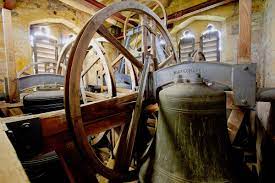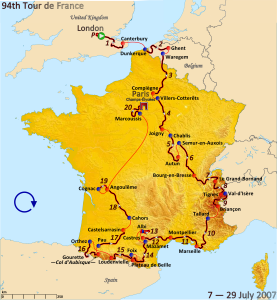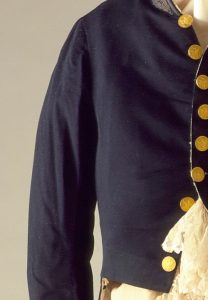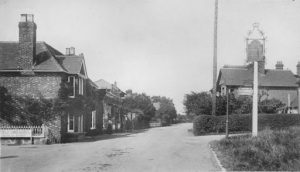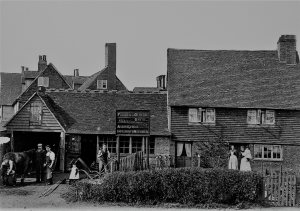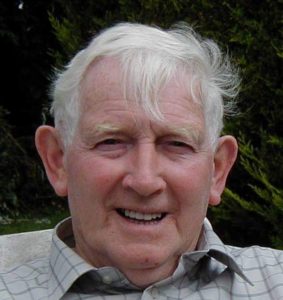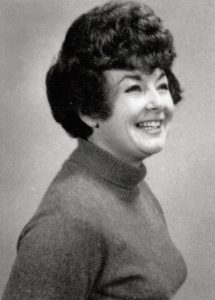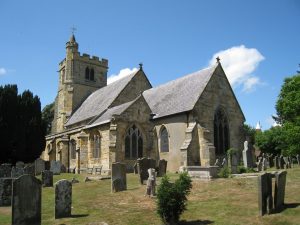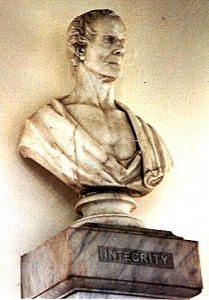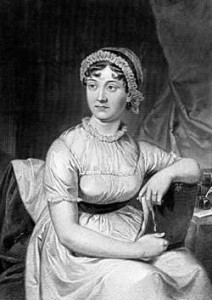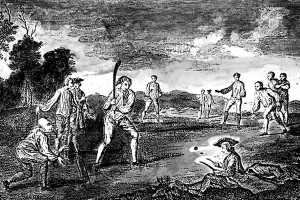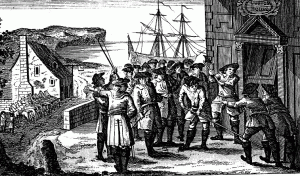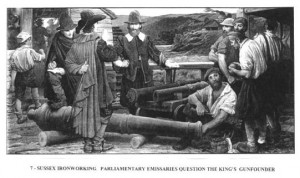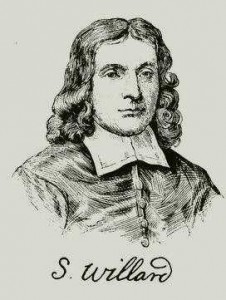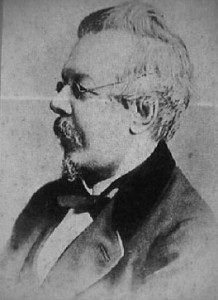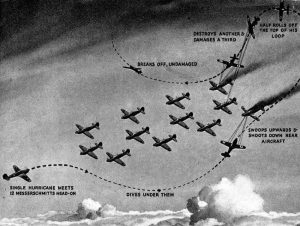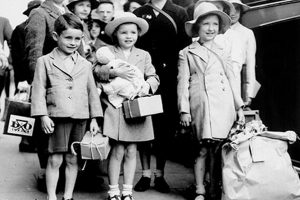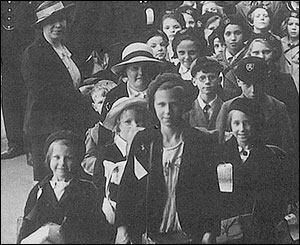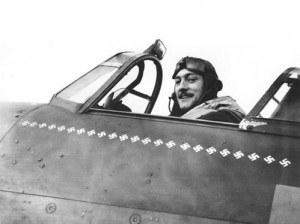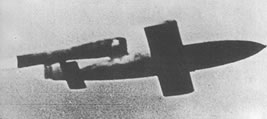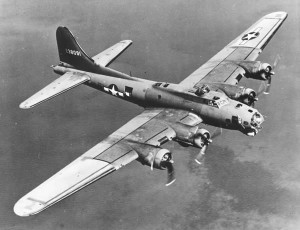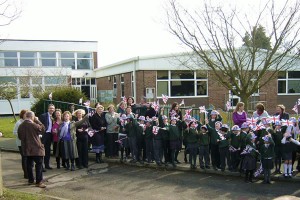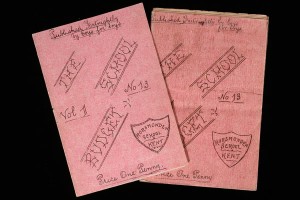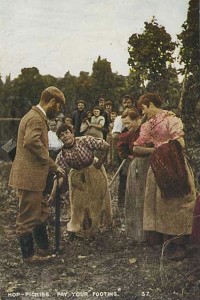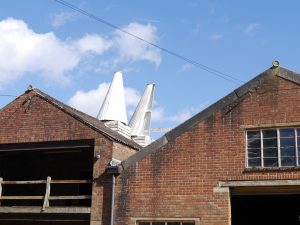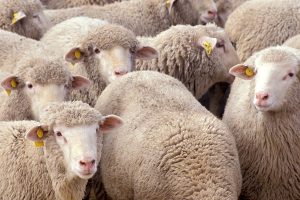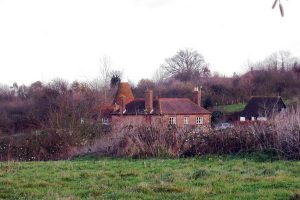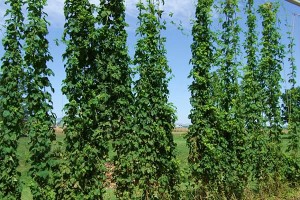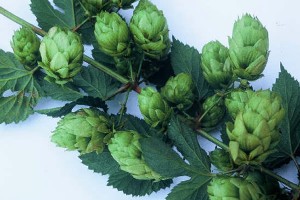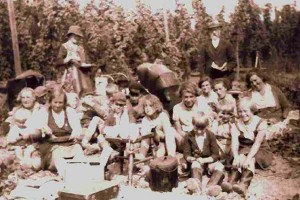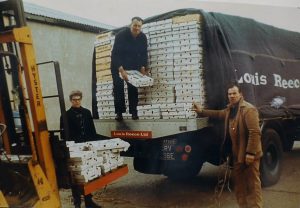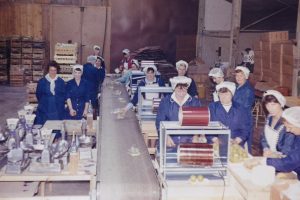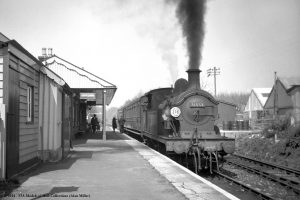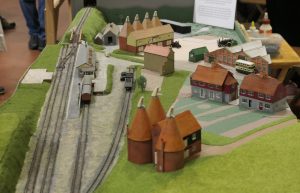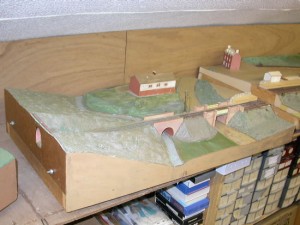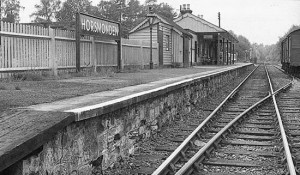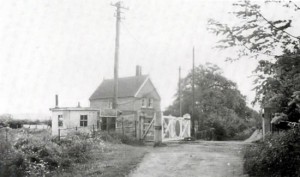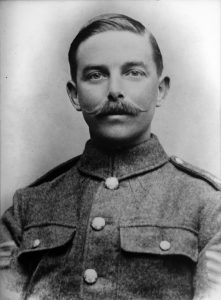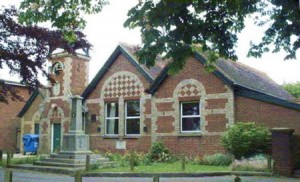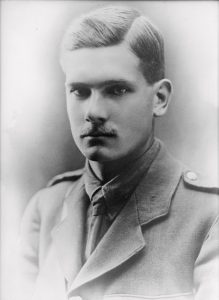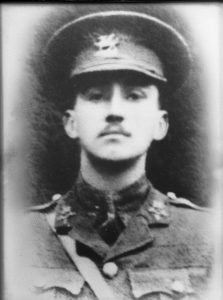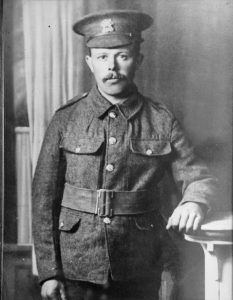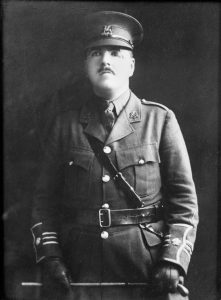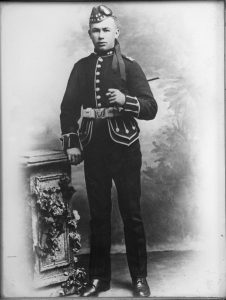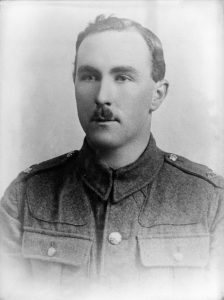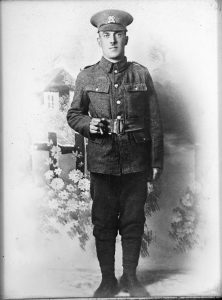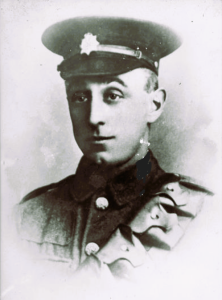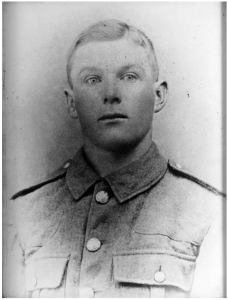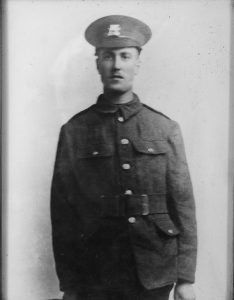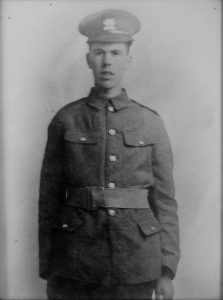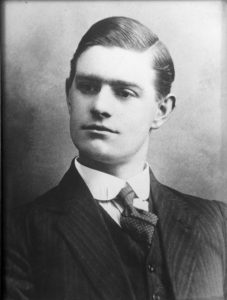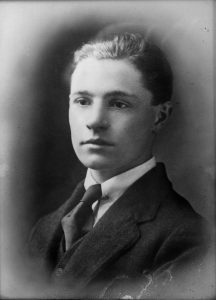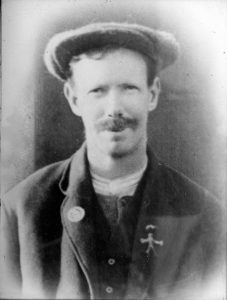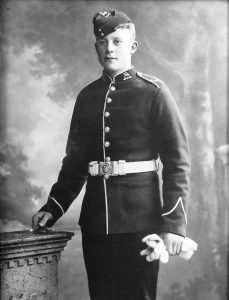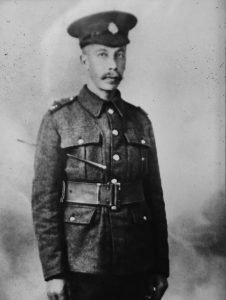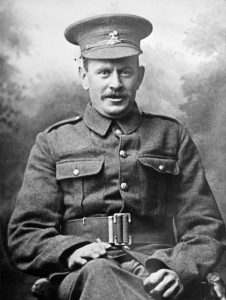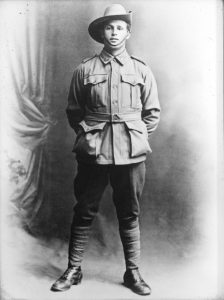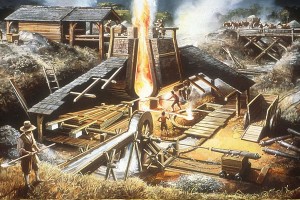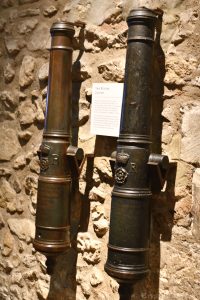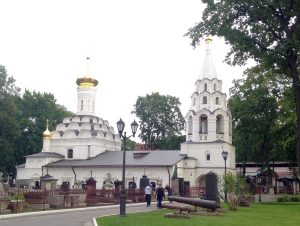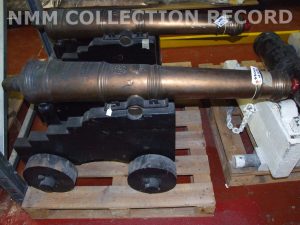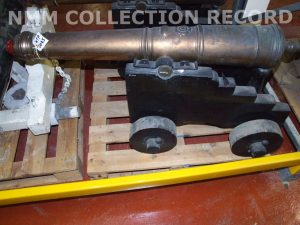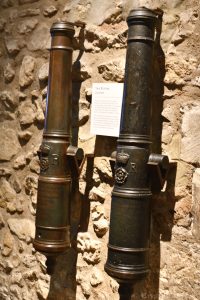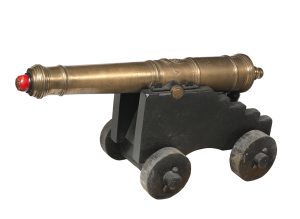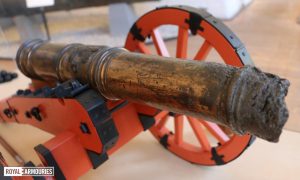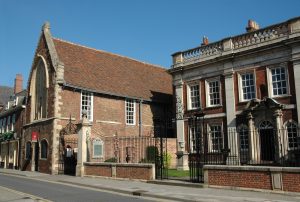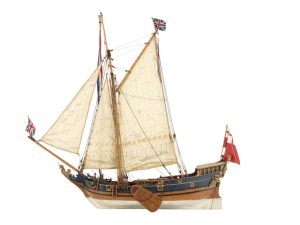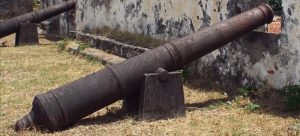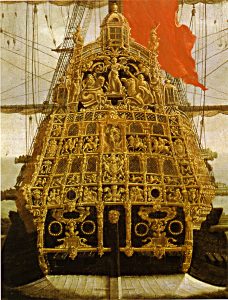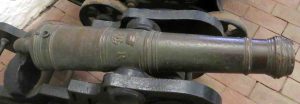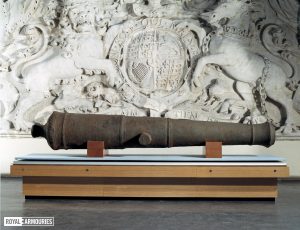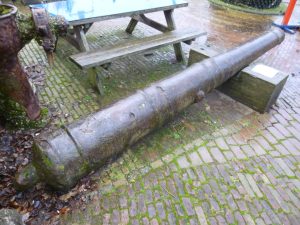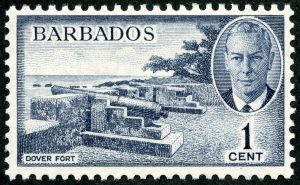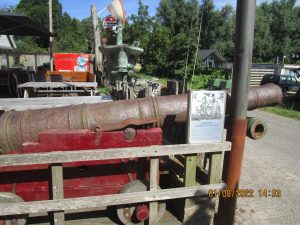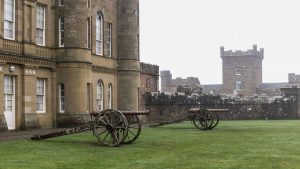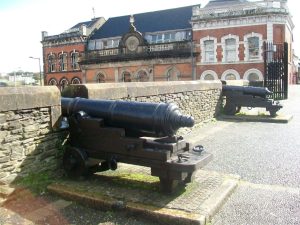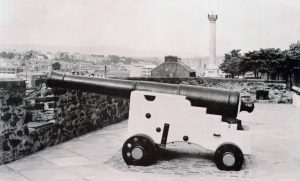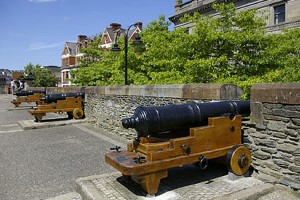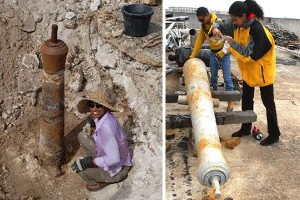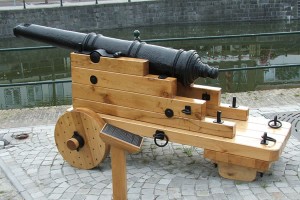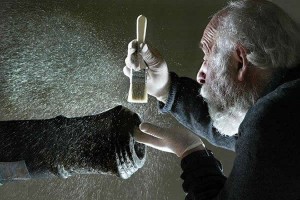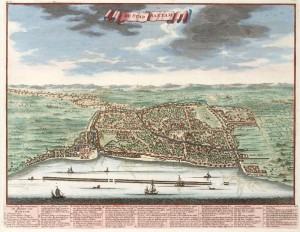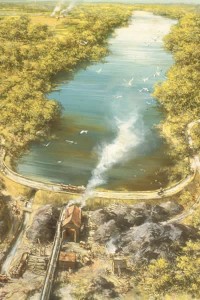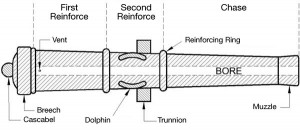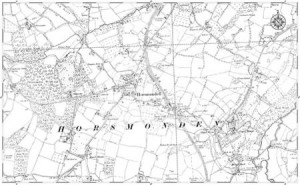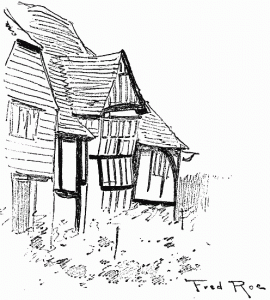History
Horsmonden – a classic wealden village
ANNOUNCEMENT: The new Horsmonden History, Memories & Nostalgia Facebook Group, introduced specifically for the sharing and preservation of Horsmonden history, memories and nostalgia of bygone days.
Horsmonden History, Memories and Nostalgia Facebook Group
Rather surprisingly, Horsmonden has been a main centre for three different major industries: The Cloth trade, Gunfounding and Hops.
was an important centre of the medieval iron industry and Furnace Pond is one of the largest and finest of the artificial lakes made to provide water power for the iron works. King Charles I visited the foundry in 1638 to watch a cannon being cast – a bronze four-pounder, forty-two inches long, now preserved in the Tower of London’s White Tower.
Horsmonden was also an important centre of the cloth trade with the Austen family of Horsmonden – one of whom was Jane Austen’s grandfather – being important merchants in this trade and based at the Broadford estate in Horsmonden. Several of Jane Austen’s relatives, many of whom lived at Capel Manor are buried in the churchyard of St Margaret’s church.
There is a gypsy horse fair held on the village green each year. In 2000, the local parish council with assistance of the then-Home Secretary Jack Straw, ruled that due to ongoing safety concerns, the fair would not go ahead and a 5 mile exclusion zone was put in place. However due to protests and legal action from the wider gypsy community, this decision was overturned and the fairs resumed following a compromise between the travellers and the local authorities in 2001.
St Margaret’s church is located some distance away from the centre of the village towards the neighbouring village of Goudhurst.
Just outside the village is the 16th Century National Trust property Sprivers, which has an open garden at specific dates as part of the National Gardens Scheme.
Essays on the history of Horsmonden
A neat, square green known as the Heath (click here to see a panorama) forms the centre of the village, set among pastures and orchards. The church is 11/2 miles to the south. Plague in the Middle Ages may have made an earlier village around the church unacceptable, causing the survivors to move their homes to a ‘healthier’ site. Another theory is that a new village grew up around the forge of John Browne, gun-maker to Charles I, Cromwell and, it is said, to the Dutch navy when it was our enemy. The Gun Inn, beside the green, has above its entrance a copy of a gun made by John Browne and now kept at the Tower of London.
Sprivers, an 18th-century mansion, is set in a wooded park half a mile south-west and is now owned by the National Trust. Another mansion, Grovehurst, 1 1/2 miles east, has a timber-framed structure dating from the 17th century. The partly 14th century church is of sandstone with a buttressed 15th century tower. Among the memorials inside is an iron slab for John Browne’s wife, dated 1644. A wall plaque records Simon Willard, who went to America and founded the city of Concord, Massachusetts Bay Colony.
Sheep sales used to be held every July on the village playing fields, and draw buyers from all over England. The sales are a living reminder of an older pastoral tradition before most of the local land went over to the growing of fruit and hops after the 16th century. Another reminder of an old industry is Furnace Pond, reached by a short track to the left about half a mile along Furnace Lane. It is a ‘hammer’ pond, so called because water power from it was used to drive hammers which beat iron into shape. Now this large pond is a haven for anglers and wildfowl.
On a sea of hops, the oast-house towers of Horsmonden seem almost to plough the rich soil of their Kentish hopfield like graceful yachts on a gently rolling sea. And sail-like, their wind vanes turn the angled cowls with the breeze to create a vacuum inside that draws up hot air to dry the hops on their slatted floors below. This is a Garden of England, and the village is surrounded by orchards and pastures, as well as hopfields – though it echoed once to the clangour of iron founders, who used the plentiful timber and water power of the region to make cannon.
With thanks to an enthusiastic American. ED
The Parish Church is the only place to start an exploration of an English village and Horsmonden is no exception. But finding St Margaret’s is the first puzzle, as the church is some two miles from the village centre, in an area of very little present day habitation. There have been many theories as to why this should be the most popular being that the inhabitants of an earlier village were struck by plague and the new village sprang up on its present site away from the pestilence. There is no documentary record of plague taking any great toll in the area nor is there any archaeological evidence for the existence of an earlier village.
It is most likely that St Margaret’s was built where it is as it stands in the manor of Spelmonden, the largest manor in the area at the time. There has been a church in Horsmonden for a very long time, on the present site since 1100, and pre-conquest there must have been a chapel at Capel Cross, from which the area took its name. The story of St Margaret’s really starts with the first rector, Henry de Grovehurst, who served from 1311 to 1361. There is a magnificent brass of him, believed to have been engraved in his lifetime, over his grave in the church and it gives a wonderful portrait of a medieval cleric in full vestments. But if plague didn’t create the village in its present location what did?
The answer is gunfounding, for Horsmonden in the 1600’s was the most important gunmaking site in Britain. John Browne’s furnace produced cannon in large quantity and so cunning was he that he sold guns to both sides during the Civil War. A contemporary account describes the furnace in full campaign: “the flames rush forth with such violence and to so great a height that they are seen about the country at ten miles distance”. As its busiest the furnace (in present day Furnace Lane) employed some 200 workers, hence the need for nearby housing in an area, which was known then (and indeed now in some of the shop names) as the Heath at Horsmonden.
Its an odd quirk of history that Horsmonden should have been a centre for the three main trades of the Weald. Gunmaking was one, the other two were weaving and hop growing. The weavers came to the village during the Huguenot exodus from Europe. The leading family in the trade were the Austens, who left a considerable legacy in the form of fine and distinctive buildings, most still standing and lived in today. Of the three trades only one has lasted in the village into the 21st century – hop growing, and that is in sad decline.
For a time hops were the most important crop in the village, giving employment to villagers and hundreds of migrant hop pickers alike. The south Londoner’s annual working holidays in Kent are now legend, but even today a warm summer weekend sees a number of retired hop pickers visiting their old haunts and talking to old friends. And every September, there is the horse fair to remind us of the recent past.
This has been just a very short introduction to the history of Horsmonden. For a more scholarly approach I recommend two books by the historian Anthony Cronk: ‘St Margaret’s Church’ and ‘A Wealden Rector’, both now out of print, but Tunbridge Wells Library has copies of both. A book of photographs, collected by the late Ernie Wood, and myself, is available to buy.
With thanks to Granville Davies
The Village of Horsmonden
An attractive village, with a nice shady village green just across the road from The Gun and Spitroast Inn, on the Heart of Kent country tour route – the one way-marked with the county’s white horse on a chocolate brown sign.
Horsmonden was one of the centres of the old Wealden ironworking region and its Furnace Pond is one of the largest and finest of the artificial lakes made to provide water power for the great hammers that once made all this part of Kent noisier than the traffic does today.
The mill wheel is no longer there, although the water still cascades over the spillway steps and the circular basin at the bottom in which the wheel used to turn is still there. It was here that John Browne had his famous forge and foundry where, in 1616, he was employing two hundred men in making great guns for the Army and Navy.
Browne had the monopoly on manufacture of royal guns and in 1625, after the outbreak of the Spanish War, his foundry at Horsmonden made five hundred guns for the British ships. King Charles I visited the foundry in 1638 ti watch a canon being cast – a bronze four-pounder, forty-two inches long, now preserved in London’s White Tower.
Not long after that, though, Browne found himself in trouble because despite his previous royal patronage he sided with the Parliamentarians in the Civil War and would not make guns for the Royalists.
The famous foundry closed in 1685 and is now remembered both by The Gun and Spitroast, formerly The Gun, so-named after it became an inn round about 1750, and by the canon carved on one quarter of the wooden village sign.
After John Browne and John Read – inventor of the stomach pump, Horsmonden’s most noted son was Simon Willard who was born there in 1605 and grew up to become that Major Willard who founded the town of Concord in Massachusetts Bay in America.
The village also claims to be where the most famous of all Kent hop varieties, Fuggles, was first found growing in a flower garden belonging to George Stace in 1861. Traditionally, the plant grew from a seed emptied out of a hop-picker’s dinner basket with the crumbs at the end of the day’s picking. Its qualities were recognised and the strain developed commercially by Richard Fuggle of Fowle Hall, Brenchley in 1875.

